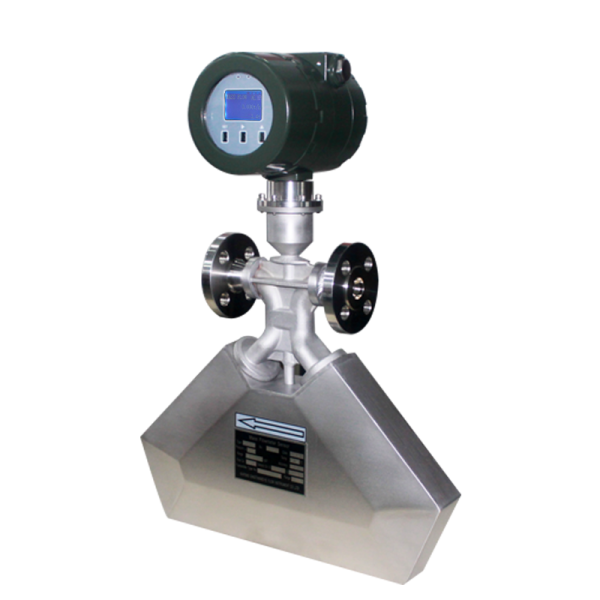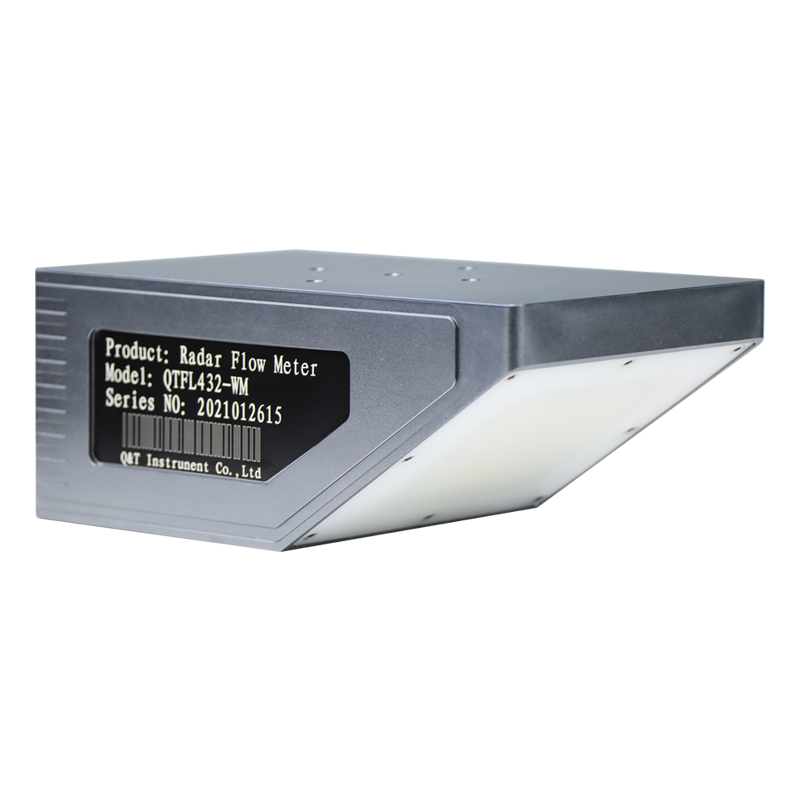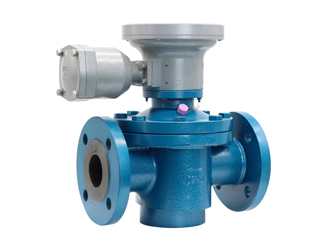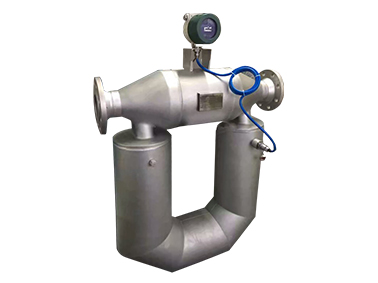- Electromagnetic Flowmeter
-
- Electromagnetic Water Meter Battery Powered Electromagnetic Flow Meter Flange Ball Valve Insertion Electromagnetic Flow Meter Thread Ball Valve Insertion Electromagnetic Flow Meter Union Connection Electromagnetic Flow Meter Wafer Connection Electromagnetic Flow Meter Tri-clamp Electromagnetic Flow Meter Flange Electromagnetic Flow Meter electromagnetic flow meter application and installation electromagnetic flow meter suppliers price electromagnetic flow meter for wastewater Sewage Flow Meter electromagnetic flow meter construction guide electromagnetic flow meter advantages and disadvantages Sanitary Flow Meter Industrial Flow Meter insertion type electromagnetic flow meter electromagnetic flow meter battery operated magnetic flowmeter technology introduction Compact Mag Water Meter Slurry Flow Meter Beverage Flow Meter magnetic flowmeter diagram for installation Wastewater Flow Meter magnetic flow meter price list Insertion Magnetic Flow Meter accuracy mangetic flow meters installation PDF Final manufacturer OEM magnetic flowmeters Partial-filled pipe magnetic flow meter
- Vortex Flowmeter
-
- Temperature and Pressure Compensation Vortex Flow Meter Thread Vortex Flow Meter Tri-clamp Vortex Flow Meter Wafer Vortex Flow Meter Flange Vortex Flow Meter insertion vortex flow meters manufacturers Vortex Flow Meter vortex flow meters factory manufacturing Vortex Water Flow Meter vortex flow meters advantages and disadvantages vortex steam flow meters application natural gas vortex flow meter wholesale price Vortex Air Flow Meter Steam flowmeter swirl flow meter
- Turbine Flowmeter
-
- Female Thread Turbine Flow Meter Male Thread Turbine Flow Meter Tri-Clamp Turbine Flow Meter Wafer Turbine Flow Meter turbine flow meter advantages and disadvantages turbine flow meter installation guidelines manual Oil Turbine Flow Meter turbine flow meter working principle Liquid turbine flow meter calibration procedure Turbine Type Flow Meter Turbine flow Meters manufacturers Stainless Steel Flow Meter Flange Turbine Flow Meter Pure liquid turbo flow meter Digital display natural gas trubine flow meter Digital display natural gas trubine flow meter Gas turbine flow meter
- Ultrasonic Flowmeter
-
- Integral display flange ultrasonic flow meter general electric ultrasonic liquid flow meters price Handheld Flow Meter Portable Ultrasonic Flow Meter Clamp On Ultrasonic Flow Meter Portable ultrasonic Flow Meters installation requirements Ultrasonic Flow Meter Module Ultrasonic Flow Meter Explosion Proof Ultrasonic Flow Meter Insertion Ultrasonic Flow Meter Pipe Type Ultrasonic Flow Meter Modular ultrasonic flow meter Handheld type ultrasonic flow meter Wall mounted ultrasonic flow meter
- Level Meter
-
- Radar Level Transmitter Ultrasonic Level Sensor Guided-Wave Radar for Level Measurement Ultrasonic Level Transmitter radar level transmitter principle PDF types of radar level transmitter guided wave radar level transmitter principle non contact radar level transmitter manufacturer ultrasonic liquid level transmitters manual Ultrasonic water level meter



.jpg)
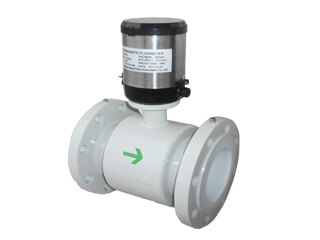
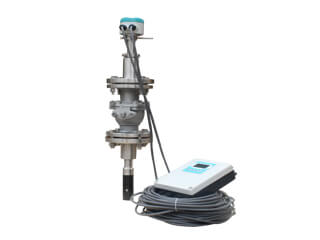
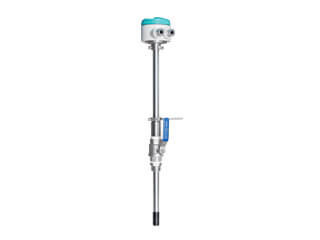
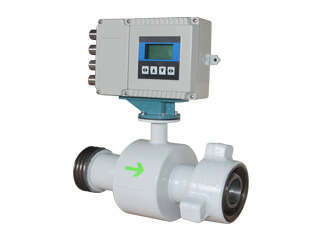
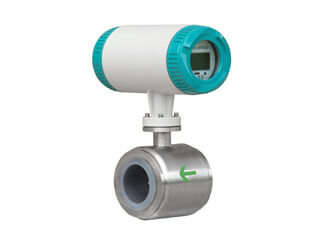
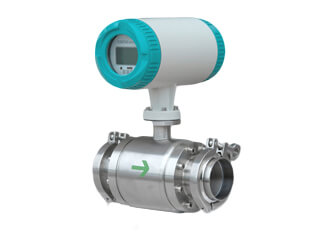
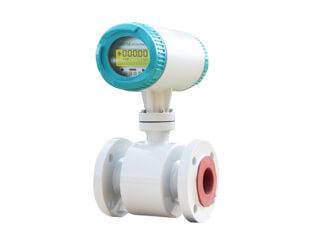
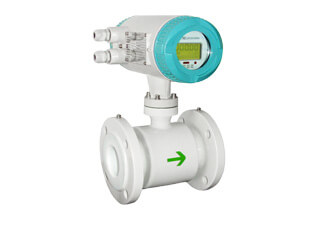
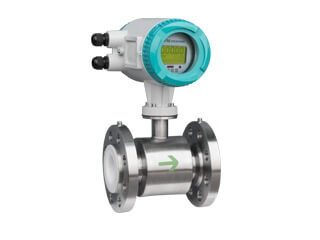
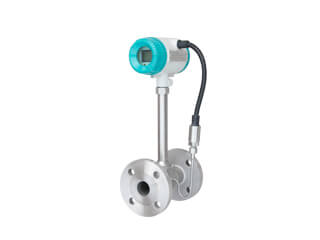
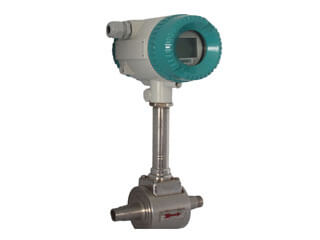
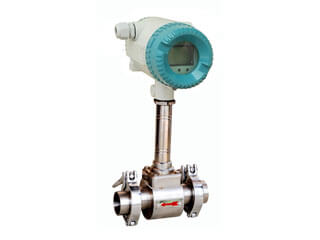
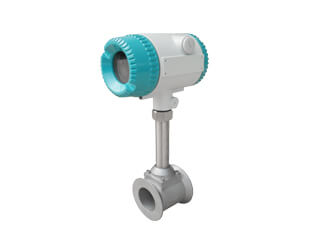
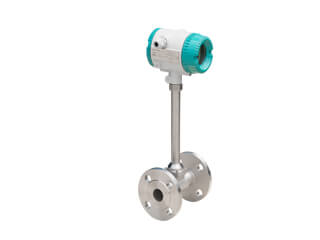
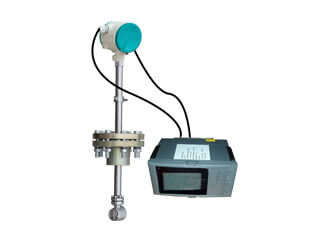
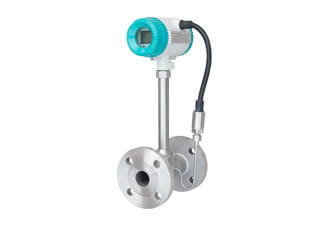
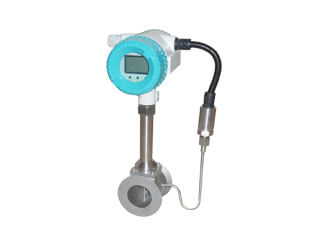
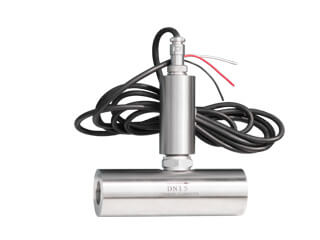
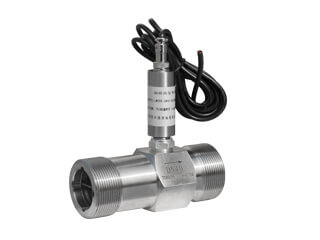
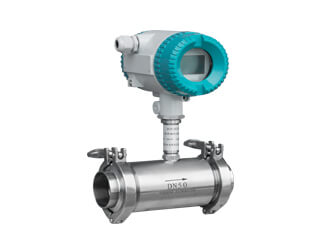
.jpg)
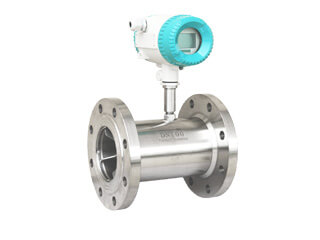
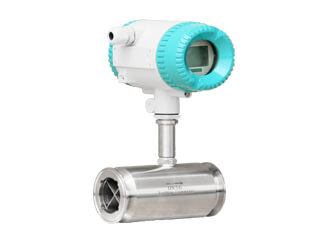
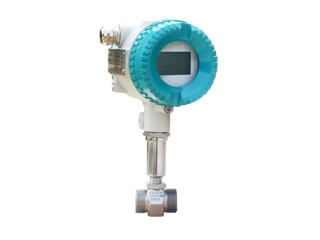
.jpg)
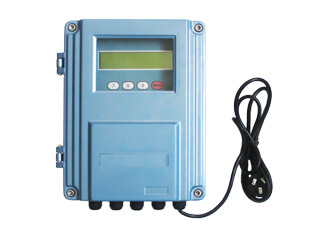
.jpg)
.jpg)
.jpg)
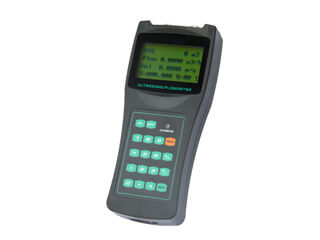
.jpg)
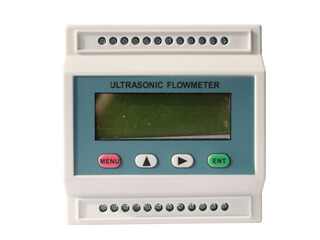
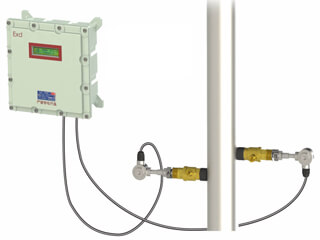
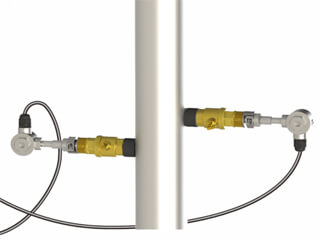
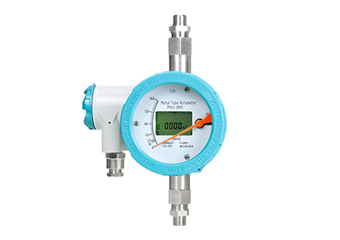
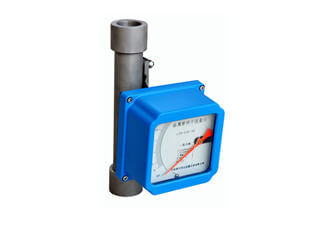
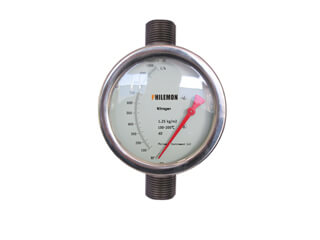
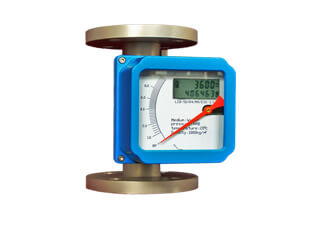
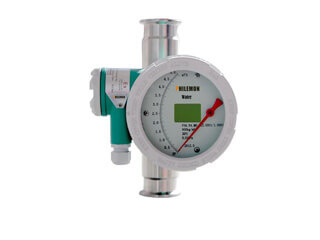
.jpg)
.jpg)
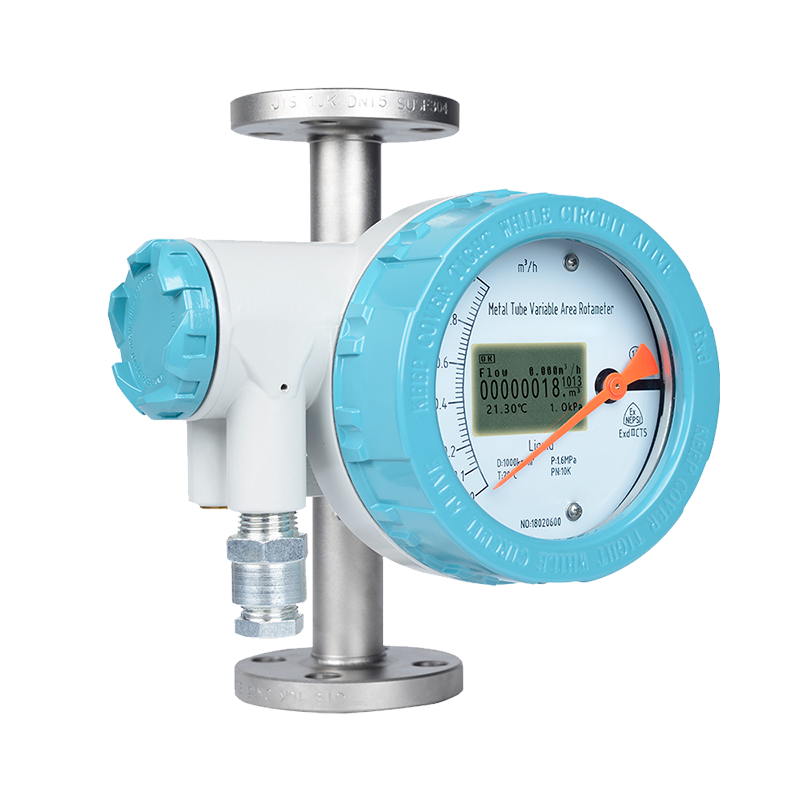
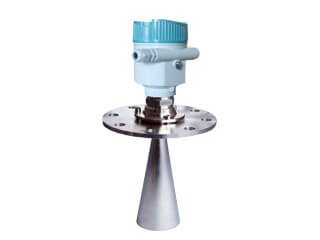
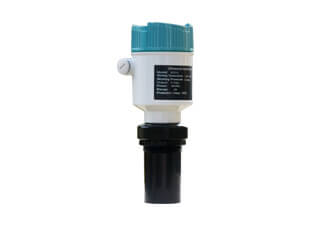
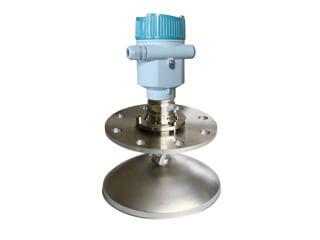
.jpg)
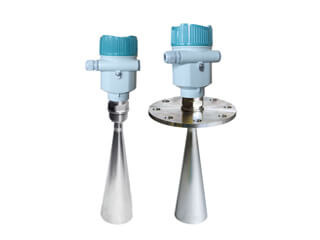
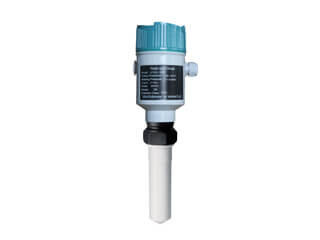
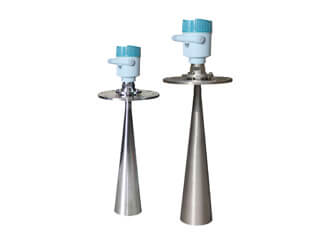
.jpg)
.jpg)
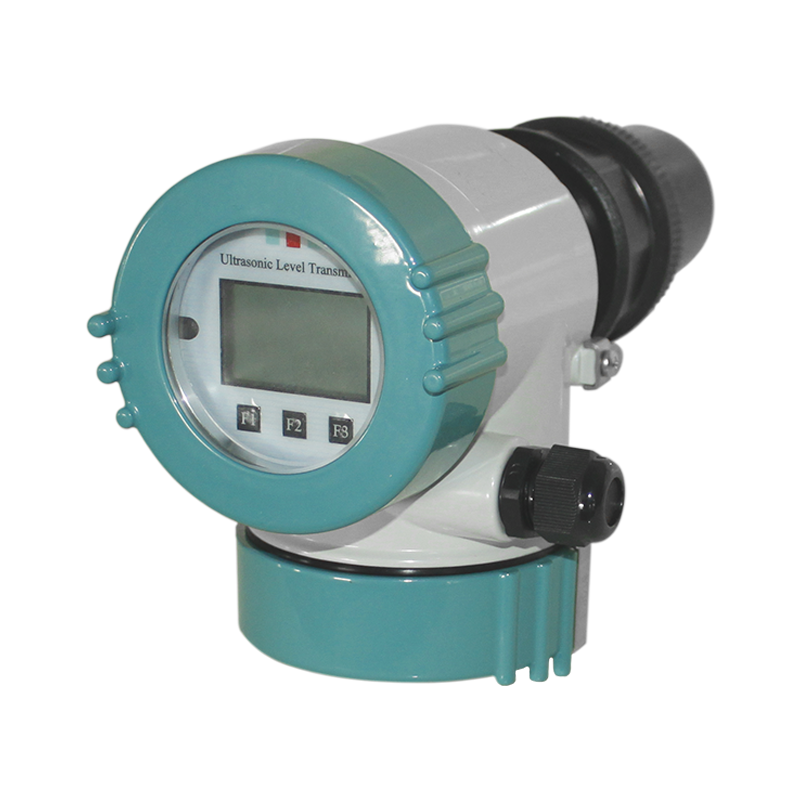
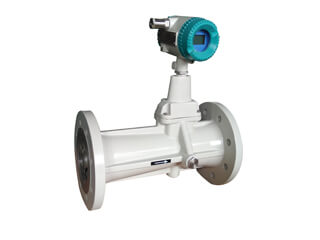
.jpg)
.png)
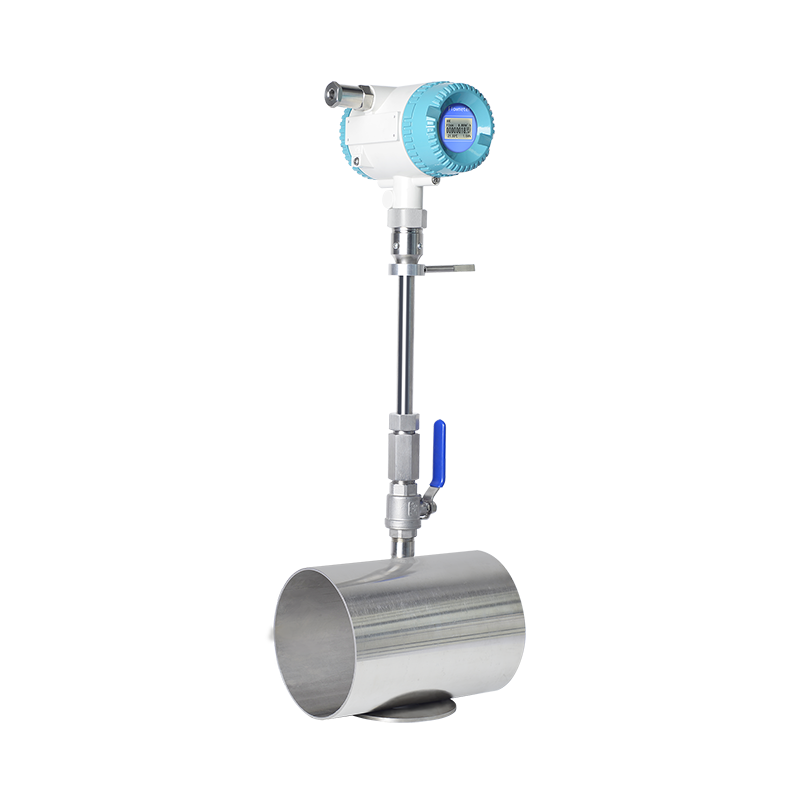
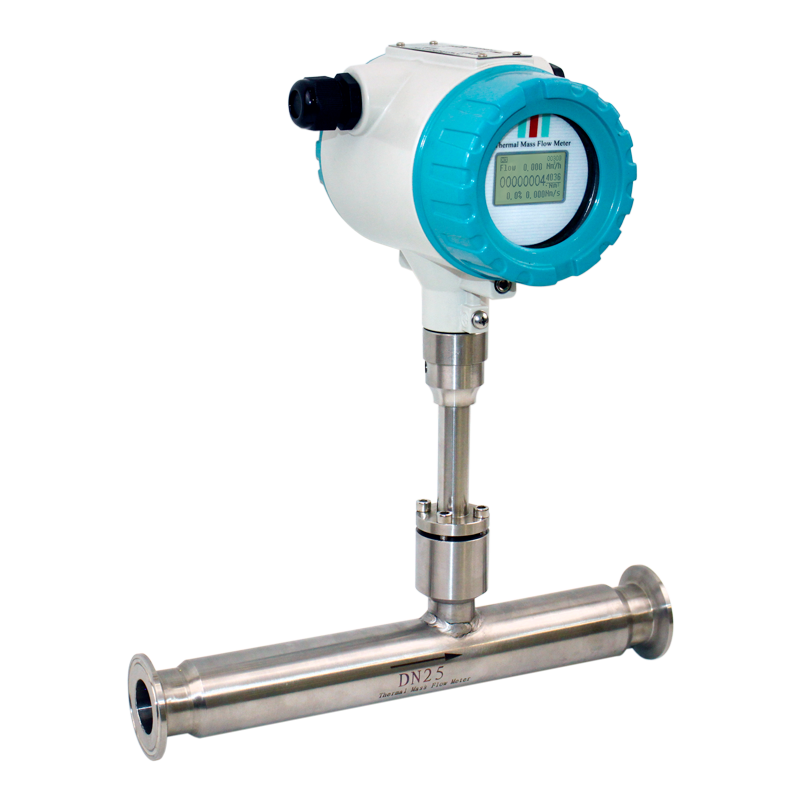
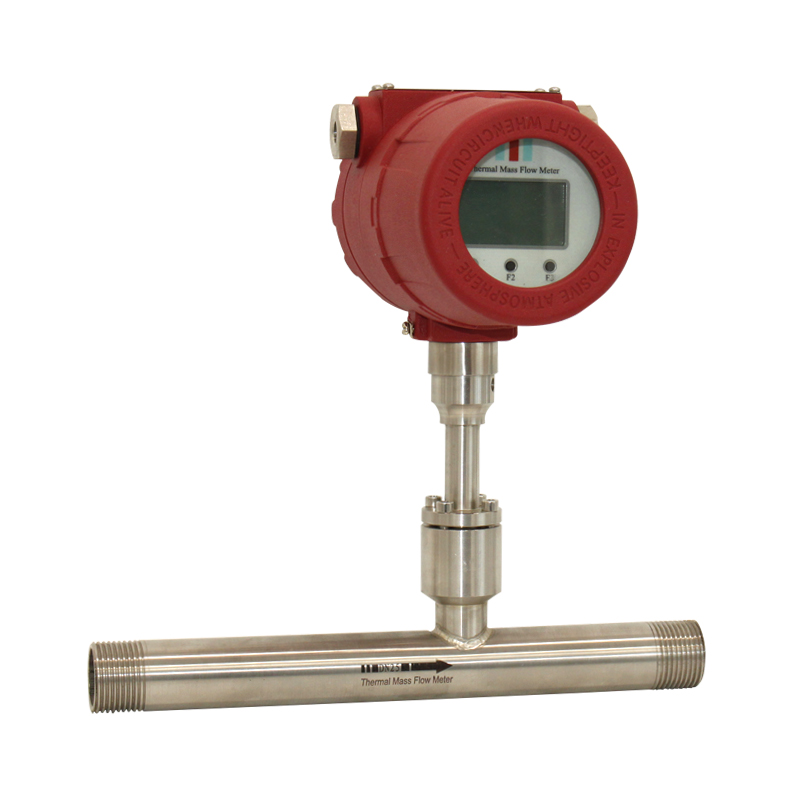
.jpg)
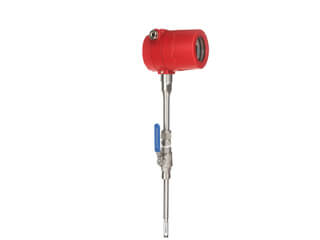
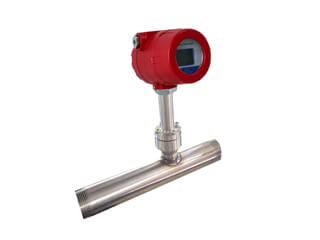
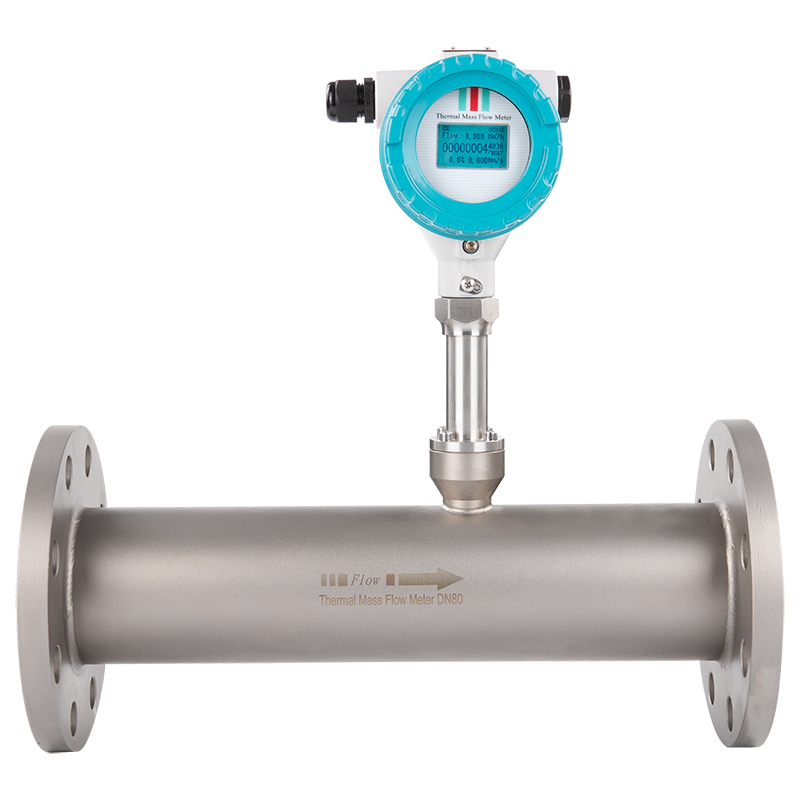
.png)
